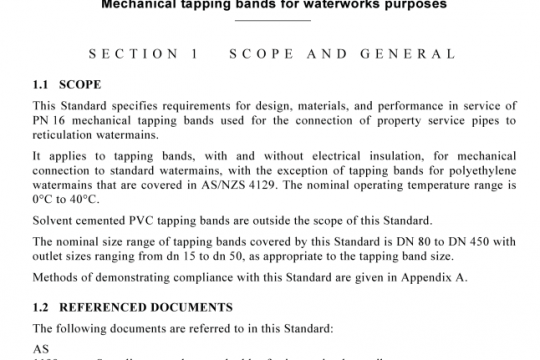AS ISO 20954.1:2019 pdf free
AS ISO 20954.1:2019 pdf free.Digital cameras一Measurement for image stabilization performance
The simplest way to measure optical image stabilization performance is to compare images with and without image stabilization and quantify the difference as the effect of optical image stabilization.Before comparison, intrinsic image degradation amount is removed from the total image degradation amount for both the on and off images. This easily removes image degradation caused by factors other than camera shake, producing fairer measurement results.
In this document, the camera is excited with specified vibration waveforms using a vibration generator of guaranteed accuracy. Accordingly, measured handheld blur amount with optical image stabilization turned off will theoretically be similar among cameras, exhibiting only subtle individual differences. In fact, many cameras measured showed no significant difference.
Some fully automated cameras on the market cannot disable optical image stabilization. This makes it difficult to measure all cameras based on the stabilization disabled images. This trend is predicted to grow in the future.
In this document, optical image stabilization performance is calculated from the reference handheld blur amount, which is equivalent to the handheld blur amount with optical image stabilization disabled, and the measured handheld blur amount, which is measured with optical image stabilization enabled.
In measuring a camera’s optical image stabilization performance, the most realistic scenario is to capture the test chart with a handheld camera. However, the magnitude and characteristics of handheld camera shake vary among individuals, and even the same person will produce different results with different cameras, shooting conditions.
It is essential to eliminate such uncertainties in order to measure and describe optical image stabilization performance. Using a vibration generator to simulate handheld camera shake is an effective means of achieving this. The vibration generator uses an electric signal called a vibration waveform to create vibrations (see Figure E.1).
The vibration waveform is as close as possible to camera shake characteristics. Accordingly, CIPA has collected camera shake frequencies and amplitudes from many people by attaching a sensor to a camera,and separated the data into yaw and pitch. CIPA then generated vibration waveform by analysing the collected data and extracting characteristic frequencies and amplitudes.AS ISO 20954.1 pdf free download.




